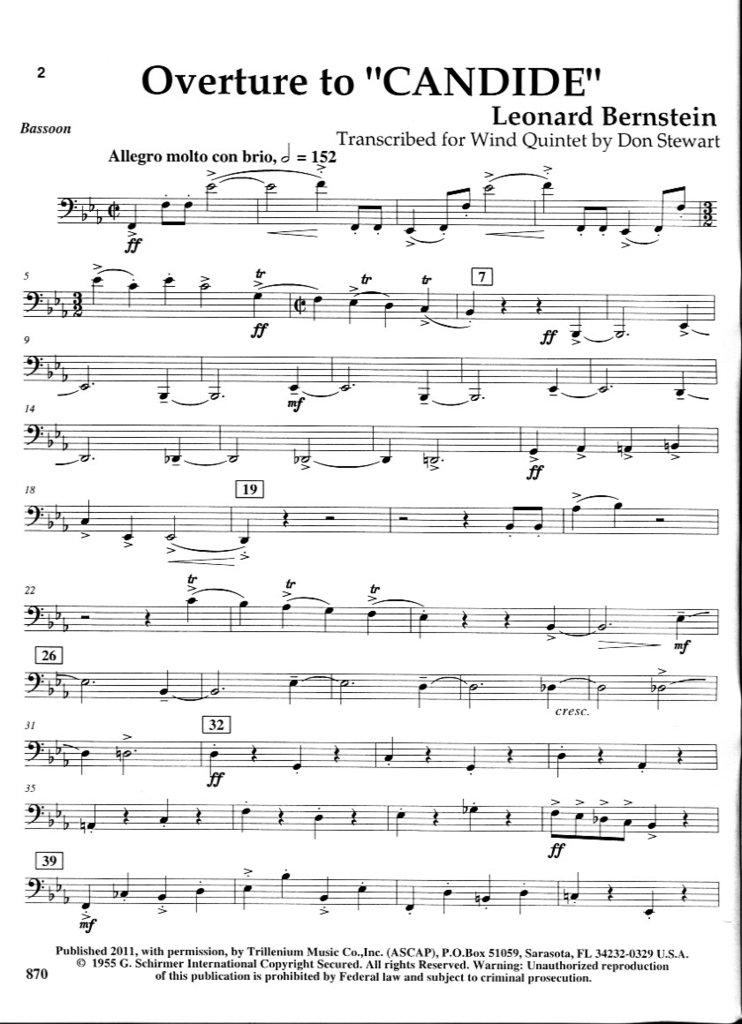

The traditional lyric second theme comes from Candide’s second act duet with his loved one, Cunegonde. It opens with a short fanfare and then delivers a succession of themes at breakneck speed. Mozart would have easily recognized the form of the work. One would have to go back to Rossini to find an overture that so completely captures the sense of fun that will follow. The libretto was adapted by Lillian Hellman and then further refined by Dorothy Parker and Bernstein, among others.īernstein’s energetic rhythmic style was perfectly suited to the “flavor” of the text. For Candide, Bernstein drew upon Voltaire’s wicked spoof of optimism (“We live in the best of all possible worlds!”). Bernstein’s other stage works, Wonderful Town, On the Town, Candide, and even his film score for On the Waterfront, all have roots in the 1930s movement to create a body of socially significant works for the musical theater. West Side Story, for example, was obviously inspired by Weill’s Street Scene. Here, his inspiration was most certainly the works of Kurt Weill, who was able to meld social commentary and irony using the kaleidoscopic styles of popular music. This was particularly true in his compositions for the musical theater. Though by the general public, he may always be remembered as a conductor, he confided to friends that he would rather be considered a composer.Īs a composer, Bernstein moved easily between established European traditions and those of American jazz. Bernstein attempted to do everything-to be, in essence, a 20th century Renaissance Man. He was also a respected pedagogue, both in a popular venue as director of the New York Philharmonic Young People’s Concerts and in an academic setting as the Charles Eliot Norton lecturer at Harvard in 1973. Unlike Mahler, however, Bernstein was also a composer of music intended for popular consumption, such as his Broadway musical West Side Story. As a conductor and composer of serious art music, an obvious parallel can be drawn between Bernstein’s career and that of Gustav Mahler-a comparison Bernstein personally enjoyed. His place in history will most likely be ensured due to his unique and multifaceted career. Attempts to draw comparisons between his life and works and those of his predecessors in the late 19th and early 20th centuries often lead to failure.

It is certainly too early to objectively evaluate Leonard Bernstein’s contributions as a creative artist. First performance: December 1, 1956, New York.


 0 kommentar(er)
0 kommentar(er)
